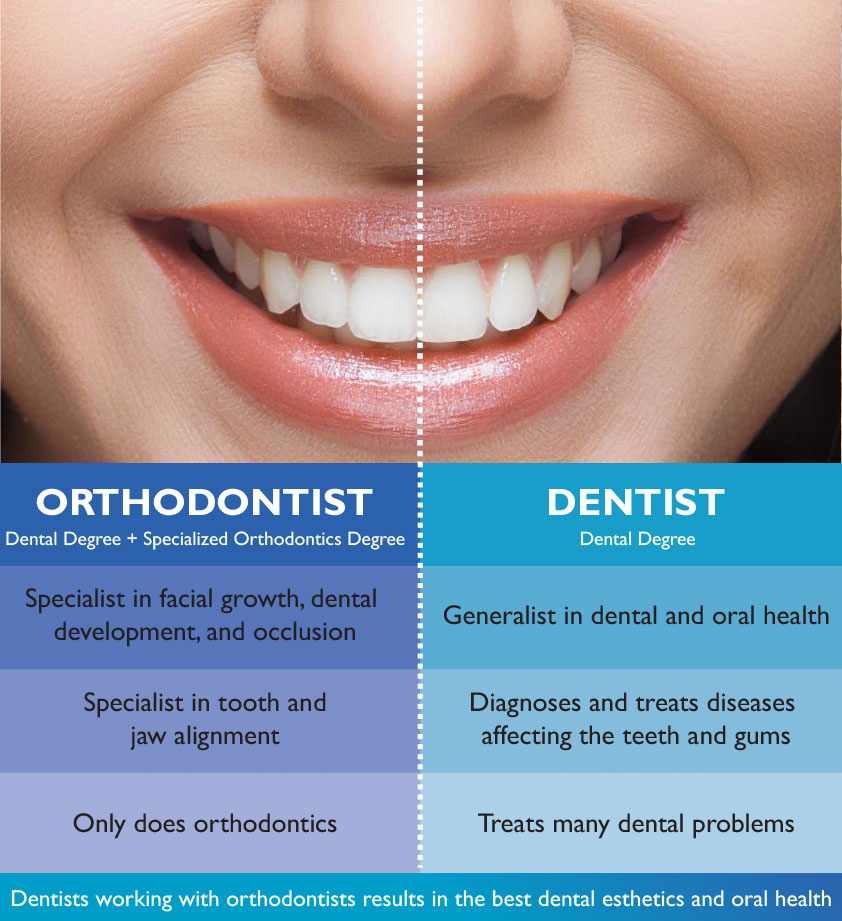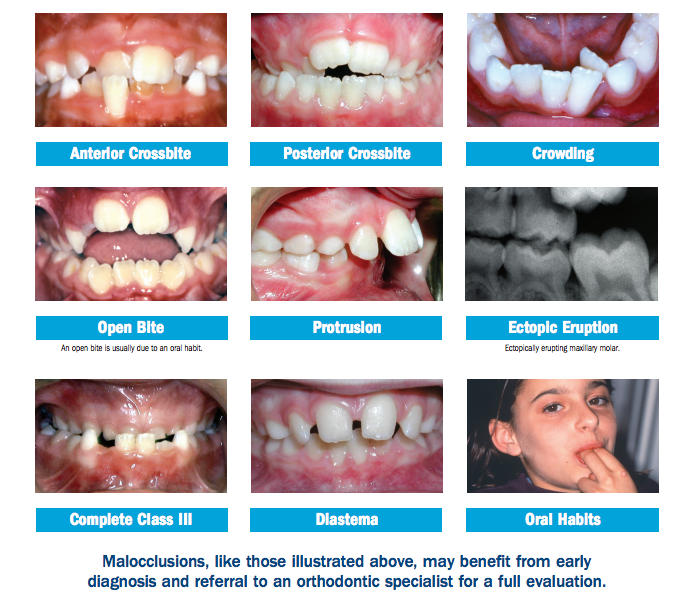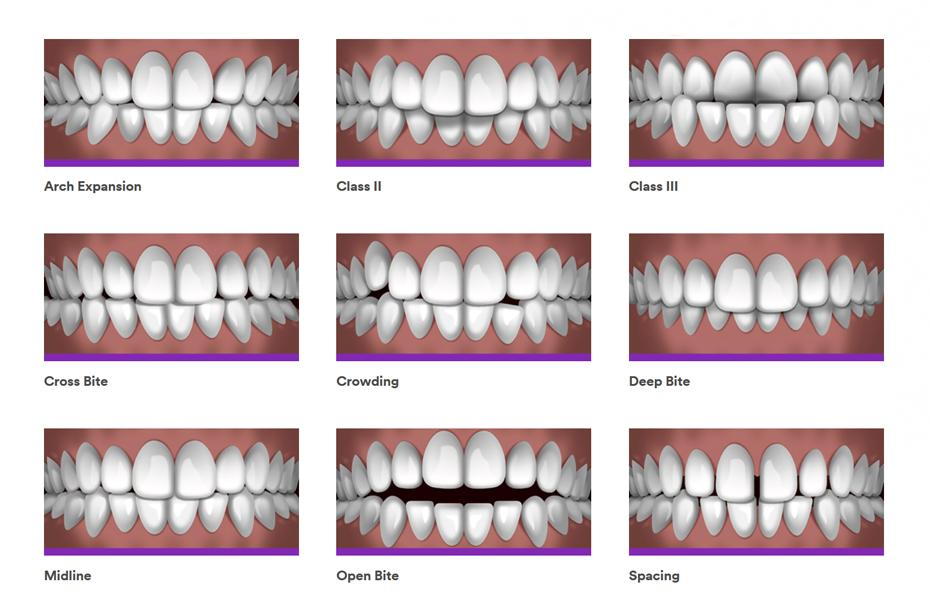The 7-Minute Rule for Causey Orthodontics
The 7-Minute Rule for Causey Orthodontics
Blog Article
The 10-Second Trick For Causey Orthodontics
Table of ContentsAn Unbiased View of Causey OrthodonticsOur Causey Orthodontics Statements3 Simple Techniques For Causey OrthodonticsThe Best Guide To Causey OrthodonticsThe Best Strategy To Use For Causey Orthodontics
Overlooking occlusal connections, it was regular to get rid of teeth for a variety of oral problems, such as malalignment or congestion. The concept of an intact teeth was not commonly appreciated in those days, making bite correlations appear unimportant. In the late 1800s, the principle of occlusion was crucial for developing reputable prosthetic replacement teeth.As these ideas of prosthetic occlusion progressed, it became an indispensable tool for dentistry. It remained in 1890 that the work and influence of Dr. Edwards H. Angle began to be really felt, with his payment to contemporary orthodontics specifically notable. Initially concentrated on prosthodontics, he taught in Pennsylvania and Minnesota before guiding his attention towards oral occlusion and the therapies needed to preserve it as a normal condition, therefore becoming called the "daddy of modern orthodontics".

The idea of optimal occlusion, as postulated by Angle and included right into a classification system, enabled a change towards dealing with malocclusion, which is any discrepancy from normal occlusion. Having a complete set of teeth on both arcs was highly sought after in orthodontic therapy because of the need for specific connections in between them.
The Main Principles Of Causey Orthodontics
As occlusion came to be the vital concern, face proportions and looks were disregarded - Causey Orthodontics. To accomplish ideal occlusals without utilizing exterior forces, Angle postulated that having best occlusion was the most effective way to get maximum facial aesthetic appeals. With the passing away of time, it became quite obvious that also an outstanding occlusion was not suitable when considered from an aesthetic perspective
Charles Tweed in America and Raymond Begg in Australia (that both researched under Angle) re-introduced dental care extraction into orthodontics throughout the 1940s and 1950s so they might enhance facial esthetics while also ensuring better stability worrying occlusal partnerships. In the postwar duration, cephalometric radiography started to be made use of by orthodontists for measuring changes in tooth and jaw placement brought on by growth and treatment. It came to be apparent that orthodontic therapy can change mandibular growth, bring about the development of useful jaw orthopedics in Europe and extraoral force measures in the United States. Nowadays, both practical appliances and extraoral tools are used around the globe with the aim of modifying development patterns and forms. Consequently, seeking real, or at least boosted, jaw connections had ended up being the main goal of treatment by the mid-20th century.
7 Easy Facts About Causey Orthodontics Shown
 The American Journal of Orthodontics was created for this objective in 1915; before it, there were no scientific objectives to adhere to, nor any type of exact classification system and braces that did not have features. Until the mid-1970s, dental braces were made by wrapping metal around each tooth. With developments in adhesives, it came to be feasible to rather bond metal braces to the teeth.
The American Journal of Orthodontics was created for this objective in 1915; before it, there were no scientific objectives to adhere to, nor any type of exact classification system and braces that did not have features. Until the mid-1970s, dental braces were made by wrapping metal around each tooth. With developments in adhesives, it came to be feasible to rather bond metal braces to the teeth.This has actually had significant results on orthodontic treatments that are administered frequently, and these are: 1. Proper interarchal relationships 2. Appropriate crown angulation (idea) 3.
The advantage of the design depends on its bracket and archwire combination, which requires only marginal wire bending from the orthodontist or clinician (affordable orthodontist near me). It's appropriately named after this feature: the angle of the port and thickness of the bracket base ultimately identify where each tooth is positioned with little requirement for extra manipulation
Causey Orthodontics Fundamentals Explained
Both of these systems employed identical braces for every tooth and required the bending of an archwire in 3 airplanes for finding teeth in their wanted placements, with these bends determining ultimate placements. When it comes to orthodontic devices, they are separated right into 2 types: detachable and repaired. Detachable home appliances can be taken on and off by the patient as called for.

Thus, nearly all modern fixed home appliances can be taken into consideration variants on this edgewise device system. Early 20th-century orthodontist Edward Angle made a major contribution to the world of dentistry. He created 4 unique appliance systems that have actually been utilized as the basis for lots of orthodontic therapies today, preventing a few exceptions.
Causey Orthodontics Can Be Fun For Everyone

The cable finished in a thread, and to relocate forward, an adjustable nut was utilized, which enabled a rise in area. By ligation, each individual tooth was affixed to this extensive archwire (best orthodontist near me). As a result of its limited variety of activity, Angle was not able to achieve precise tooth placing with an E-arch
These tubes held a firm pin, which could be rearranged at each appointment in order to relocate them in place. Dubbed the "bone-growing device", this gizmo was supposed to urge healthier bone growth as a result of its possibility for moving pressure directly to the roots. Executing it showed troublesome in truth.
Report this page